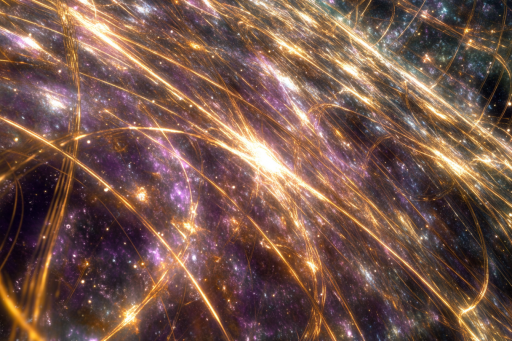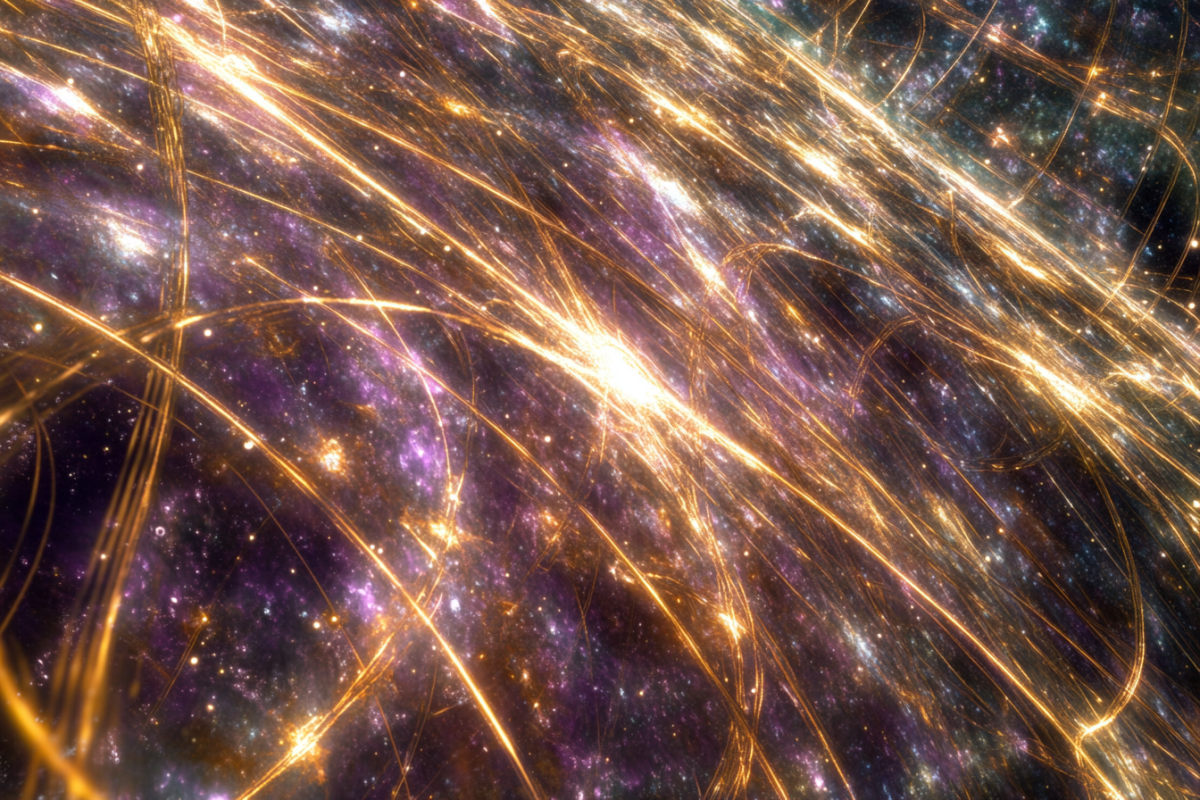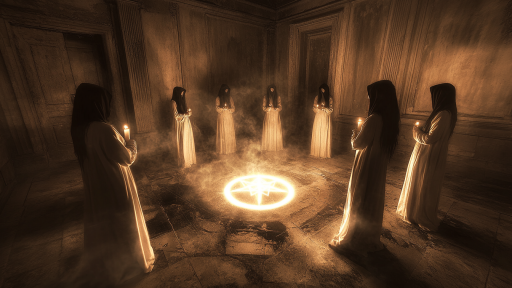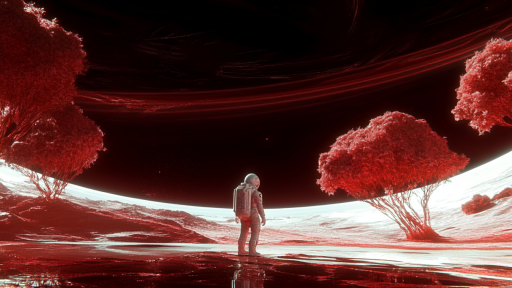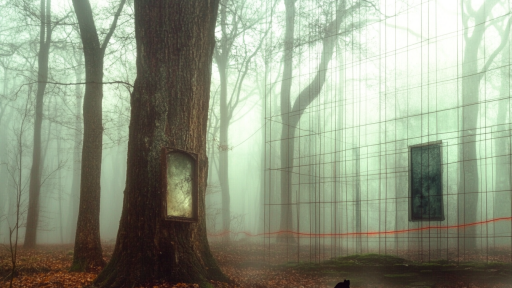
The universe is a vast and enigmatic place, filled with celestial formations that defy logic and challenge scientific understanding. Among the stars and galaxies lie structures so immense, so complex, and so unexpected that they leave astronomers questioning the very fabric of reality. These cosmic wonders aren’t just beautiful—they hint at unknown forces, hidden histories, and perhaps even gaps in our grasp of physics. Step into a realm where size, symmetry, and strangeness collide on a galactic scale.
The Hercules–Corona Borealis Great Wall

This sprawling cluster of galaxies stretches across billions of light-years, making it one of the largest known structures in the universe. Its sheer size breaks the cosmological principle, which suggests matter should be evenly distributed on large scales. Scientists are puzzled by how such an enormous formation could have formed without violating the laws of physics.
The Bootes Void

Known as the “Great Nothing,” this massive expanse of empty space contains very few galaxies compared to the rest of the universe. It spans hundreds of millions of light-years and has baffled astronomers since its discovery. The origin of such an enormous void remains unexplained and may suggest unusual cosmic evolution.
The Giant Arc

A recently discovered arc of galaxies stretches across more than three billion light-years in space, forming a cosmic curve that challenges our understanding of large-scale structure. Its existence questions the assumption of a uniform universe and has left scientists scratching their heads. The symmetry and scale of the arc seem almost too perfect to be a coincidence.
The Sloan Great Wall

This titanic galaxy filament was once considered the largest known structure in the universe. It consists of a complex chain of galaxy clusters bound together by gravity over an immense span. Its discovery prompted renewed debates about whether the universe truly follows the rules of large-scale homogeneity.
The South Pole Wall

Hidden behind the brightness of the Milky Way, this massive galactic wall was only recently uncovered using redshift data. It contains thousands of galaxies forming a vast, gravitationally bound structure spanning over a billion light-years. Its concealed presence so close to our own cosmic neighborhood has astronomers wondering what else might be hiding in plain sight.
The CfA2 Great Wall

Discovered in the 1980s, this ancient wall of galaxies reshaped our view of how matter is distributed in the universe. Spanning hundreds of millions of light-years, it was among the first clues that galaxies could form immense sheets rather than isolated clusters. Its discovery hinted at the universe’s unexpected complexity.
The Northern Local Supervoid

This enormous region of space has significantly fewer galaxies than its surroundings and may be contributing to anomalies in the cosmic microwave background. Some theories suggest its gravitational properties could affect local measurements of the universe’s expansion. Its presence has led to speculation about hidden dimensions or exotic forms of matter.
The Cosmic Web

A vast network of filaments made of dark matter, gas, and galaxies, the cosmic web forms the skeleton of the universe. While it’s predicted by simulations, the scale and intricacy observed continue to astonish astronomers. The way matter naturally organizes into such elegant, interwoven strands remains one of the great cosmic mysteries.
The Enigma of Hoag’s Object

Hoag’s Object is a nearly perfect ring galaxy with a bright core and a distinct circular band of stars—an extremely rare and unexplained formation. Its symmetry defies normal galactic evolution, and no clear model can fully explain how it came to be. The space between the ring and core adds to its eerie, alien appearance.
The Shapley Supercluster

Acting as a gravitational anchor, this enormous collection of galaxy clusters is among the most massive structures ever observed. It influences the motion of our own galaxy and others within the Laniakea Supercluster. Its immense pull and concentration of matter raise questions about the limits of gravitational interaction in the cosmos.
The Radcliffe Wave

Discovered within our own Milky Way, the Radcliffe Wave is a ripple of star-forming gas stretching across thousands of light-years. Unlike most galactic features, it undulates like a sine wave, defying expectations of stellar alignment. The exact forces that created this rhythmic structure remain unknown.
When Structure Becomes Suspicion

These immense and often incomprehensible formations are more than just natural wonders—they are puzzles that force us to question our understanding of the cosmos. As technology sharpens our gaze into the universe, it also reveals how much we still don’t know. Are these structures part of a greater design, or are they accidents in an unfeeling void? Either way, their existence suggests the universe has many more secrets left to unveil.

